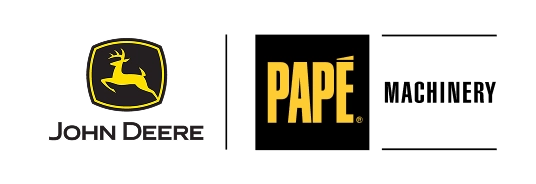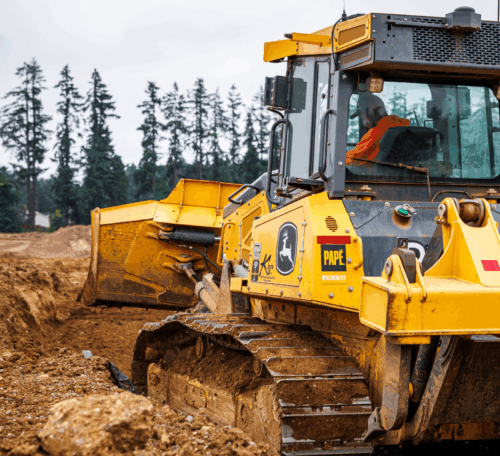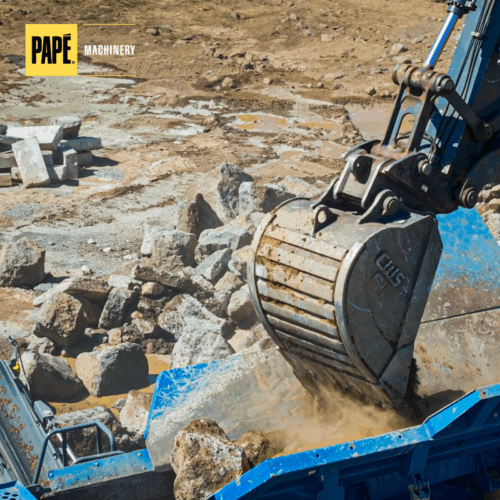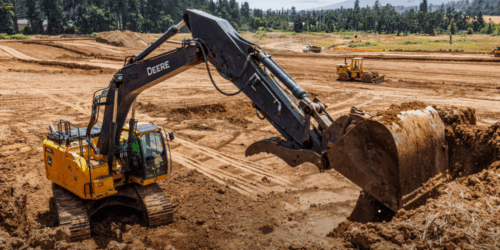Since 2011, there has been a surge of fatalities recorded in trenching and excavation operations. Among these, 80% occurred in private construction companies. OSHA believes that the climbing rate of deaths can be curbed through encouraging operations to enforce safer trenching practices and improving excavation inspection procedures.
OSHA has published guidelines on their website
concerning safety practices and protective systems to prevent cave-ins and improve worker safety. However, the first step for a safer operation is pre-planning.
Pre-job planning is critically important for accident-free trenching, as most incidents occur due to inadequate initial planning. To successfully preplan, employers should learn as much as possible about the jobsite and the materials they will have to have on-hand in order to work in compliance with OSHA trenching and excavation standards. Some factors to consider when preplanning are soil classification, proximity of nearby structures, and quantity of shoring or protective systems that may be required.
Once the job has begun, implementing OSHA-compliant protective systems is the best way to prevent cave-ins. The easiest way to remember them three most commonly used types of protective systems are “The Three S’s”: shoring, shielding, and sloping. Employers are required to slope and bench the sides of the excavation; support the sides of the excavation; and place a shield between the side of the excavation and the work area.
Employers are free to choose the most practical protective system design that will provide the necessary protections for their employees. OSHA trench excavation slope requirements specify that the slope angle be not steeper than 1.5:1; which is a safe gradation for any type of soil. Sloping and benching systems must be approved by a registered professional engineer. When using trench boxes or shields, employees must use ones that have been approved by a registered professional engineer.
Other precautions employers are required to take include providing support systems such as shoring, bracing, or underpinning to ensure that adjacent structures remain stable for the protection of workers. These needs should be identified during pre-planning.
OSHA also has requirements regarding the safe installation and removal of protective systems once the job is complete. These are required to prevent failures due to sliding, falling, and overloading that could result in the injury or death of employees, or damage to structures.
Stopping cave-ins starts with your operation. If you want to learn more about OSHA safety training and requirements, contact your nearest Papé Machinery location
to speak with one of our specialists.







